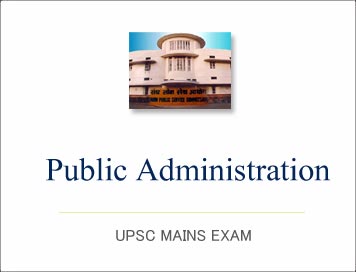
Public Administration Mains 2019 : Solved Paper Question Paper-2 (Question-3)
SECTION-A
Q1. “Strong PMO is anti-thesis to the feature of collective responsibility of Council of Ministers”. Examine the issues in relation to the position of PMO via-a-vis Council of Ministers in the light of this statement. 20 Marks
ANSWER:
Historically, the PMO had a modest origin. Under Jawaharlal Nehru, the office used to be headed by a joint secretary while the bulk of the coordinating work was carried out by the all powerful cabinet secretary. It was only after political complexities arose in the 1960s—powerful and ambitious cabinet ministers; chief ministers defying the whip of the Union government and a series of crises—that the PMO became a force to be reckoned with. The PMO of later years had its actual origins under Lal Bahadur Shastri, who created the Prime Minister’s Secretariat. Since then, the office has served as the nerve centre of governmental control. Under Singh, the PMO lost much of its effectiveness.
Under Modi government , a strong PMO-led by a bureaucratic heavyweight as his principal secretary. This is necessary not only to implement his ideas effectively but also to minimize official resistance to his diktat.
Two, even more importantly, he needs to streamline the cabinet system. The groups of ministers and empowered groups of ministers can be dispensed with as they are the relics of a government where the prime minister was not in a position to take decisions. The number of cabinet committees too should be kept to a minimum. The time has come to tilt the balance between the cabinet system and the PMO towards the latter.
Three, the prime minister needs a coordinating device to manage his relations with chief ministers. This is perhaps the most delicate task of all and the PMO will have an essential role in this.
(b) Capacity issues relating to employees have hampered the implementation of several government programmes. Trace the reasons in the context of the provisions of the National Training Policy, 2012. 20 Marks
ANSWER: ONLY FOR COURSE MEMBERS
(c) The strategy to deal with the non-performing assets of banks may lead to overburdened taxpayers. Examine the role of government to protect the interests of both. 10 Marks
ANSWER: ONLY FOR COURSE MEMBERS